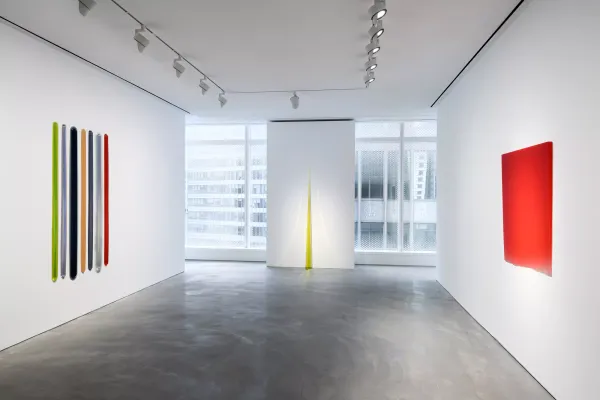News
Warlpiri Drawings Accepted Onto Unesco Australian Memory of the World Register


On February 9, a collection of 169 crayon drawings made by Warlpiri people at Lajamanu (Hooker Creek) between 1953 and 1954 was accepted onto the United Nations Educational, Scientific and Cultural Organisation (UNESCO) Australian Memory of the World Register, a prestigious list containing only 57 items. The register consists of irreplaceable and influential documents from Australia. Acknowledgement of these drawings as some of the country’s most prized records marks an important moment for Australian indigenous art and culture. Other items on the list include the First Fleet Journals—eyewitness accounts of the voyage to and early settlement of Australia—Walter Burley and Marion Mahony Griffin design drawings of the city of Canberra created in 1912 and constitutional documents of the Australian Commonwealth.
Craig Ritchie, chief executive officer of the Australian Institute of Aboriginal and Torres Strait Islander Studies (AIATSIS), keepers of the collection of drawings stated upon the announcement: “We [AIATSIS] are very proud the Warlpiri allow us to act as custodians of the artworks. UNESCO’s Australian Memory of the World Register recognizes the value of the drawings to our nation and confirms their important place in the Australian story.”
The drawings were made after the Warlpiri people were forced to move from their native land of Yuendumu, which had become overcrowded, and resettled north at Hooker Creek in Gurindji land. Australian anthropologist Mervyn Meggitt (1924–2003) lived at Hooker Creek for 10 months while conducting research on the social organization of the Warlpiri people. During this time, he enlisted 21 men and three women to draw a subject of their choosing. The resulting drawings expressed what the Warlpiri people were experiencing; some drew pictures of their country and dreaming stories while others shared their sense of displacement by depicting the unfamiliar in their new environment. Recognizing the significance of these drawings Meggitt rejected a purely ethnographic reading of their work, and instead, chose to see these works through the prism of their artistry.
One of the most iconic works from the collection is The Malaka’s (Superintendent’s) House (1953–54) by Larry Jungarrayi who has since gone on to forge a reputation for himself in the art world. The drawing depicts a black grid-like construction. The interior of the grid is colored green while the exterior is blue. The drawing is meant to indicate the fly screens of the superintendent’s house, an element of the structure that the artist found to be most intriguing.
The drawings predate the Papunya art movement of the 1970s, which is recognized as the genesis of modern Aboriginal art. The Warlpiri drawings represent the gradual transition from traditional artistic expression, often in the form of finger drawings in sand, to the vibrant acrylic paintings that characterize the Papunya movement. From 2014 to 2015, the collection of Warlpiri drawings was exhibited at the National Museum of Australia in Canberra.
Brittany Dale is editorial intern at ArtAsiaPacific.
To read more of ArtAsiaPacific’s articles, visit our Digital Library.







